 I finally got around to reading an academic paper that looked a bit dry but had a great title: The Rate of Return on Everything, 1870–2015 [pdf] by Jorda, Knoll, Kuvshinov, Schularick, and Taylor. I wonder which of the authors came up with that.
I finally got around to reading an academic paper that looked a bit dry but had a great title: The Rate of Return on Everything, 1870–2015 [pdf] by Jorda, Knoll, Kuvshinov, Schularick, and Taylor. I wonder which of the authors came up with that.
One of the major findings that was residential housing – when you add up the returns from both price change and imputed rent – had a higher overall average return than stocks (equities). Not only did housing have higher returns, but it also had lower volatility (standard deviation). Here’s a chart that compares housing and equities:
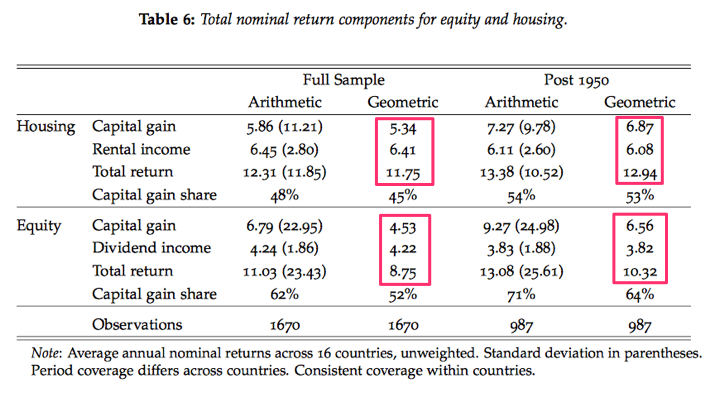
When the paper was released, places like the Financial Times discussed the paper’s conclusions but none of them addressed my two immediate questions.
Did they account for the maintenance and management costs of rental real estate? If you own a rental property, you may still have to pay for lawn maintenance, replacing roofs, HVAC units, interior and exterior painting, replacing carpets, and various other issues. To be fairly compared with equities, you should also account for property management costs. Here’s are excerpts that deal with maintenance and repairs:
To the best of the authors’ knowledge, this study is the first to present long-run returns on residential real estate. We combine the long-run house price series presented by Knoll, Schularick, and Steger (2016) with a novel dataset on rents from Knoll (2016). For most countries, the rent series rely on the rent components of the cost of living of consumer price indices as constructed by national statistical offices and combines them with information from other sources to create long-run series reaching back to the late 19th century.
A number of additional issues have to be considered when constructing returns on housing. First, any homeowner incurs costs for maintenance and repairs which lower the rental yield and thus the effective return on housing. We deal with this issue by the choice of the benchmark rent-price ratios. Specifically, in the Investment Property Database (IPD) the rental yields reflect net income (i.e., net of property management costs, ground rent, and other irrecoverable expenditure) received for residential real estate as percentage of the capital employed.
Did they account for the annual property taxes required on residential real estate? In many US states, the annual property tax bill can exceed 1% of the value of the house. Some are closer to 2% annually, and these are owner-occupied numbers. Rental properties may be higher. That’s on top of any potential capital gains you’d owe upon sale of the house, and any taxes you’d owe on rent received. Here’s are excerpts that deal with taxes:
Although the extent of real estate taxation varies widely across countries, real estate is taxed nearly everywhere in the developed world. International comparisons of housing taxation levels are, however, difficult since tax laws, tax rates, assessment rules vary over time and within countries. Typically, real estate is subject to four different kinds of taxes. First, in most countries, transfer taxes or stamp duties are levied when real estate is purchased. Second, in some cases capital gains from property sales are taxed. Often, the tax rates depend on the holding period. Third, income taxes typically also apply to rental income. Fourth, owners’ of real estate may be subject to property taxes and/or wealth taxes where the tax is based upon the (assessed) value of the property.
This section briefly describes the current property tax regimes by country and provides estimates of the tax impact on real estate returns.
With few exceptions, the tax impact on real estate returns can be considered to be less than 1 percentage point per annum.
This is an interesting paper that tries to cover a huge amount of stuff. Estimating the return of all businesses from all countries for the last 150 years? Estimating the return of all residential real estate from all countries for the last 150 years? They mix together a bunch of different datasets, so it’s hard to know exactly the quality level of each and how well they accounted for things like taxes and maintenance.
I’m not sure why they prefer to use arithmetic averages instead of geometric averages, but even if you shave off 1% for additional property taxes and another 1% because you don’t think they account for maintenance costs adequately, housing returns are still at least comparable to equity returns.
Here is the most recent update of the Case/Shiller home price index from Multpl, which tracks US housing prices on an inflation-adjusted basis:
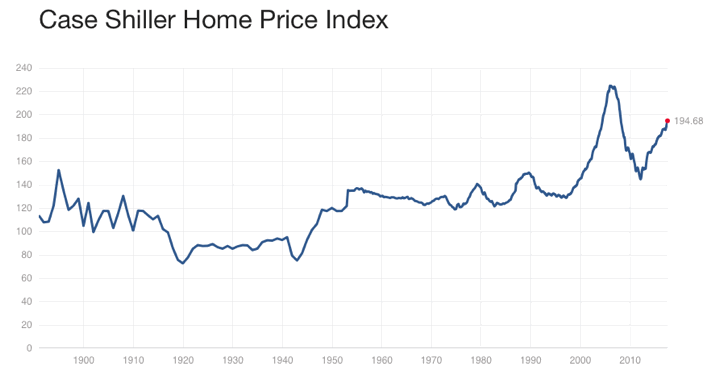
Some people use this to argue that housing returns only keep up with inflation, but home prices ignore the value of rent. The fact that most housing purchases involve a mortgage loan does complicate things a bit.
Bottom line. An interesting paper that compares the long-term returns (last 150 years!) of residential housing and equities. In the long run, some may be surprised that residential housing returns at least matched equity returns, and housing returns had lower volatility. This is a reminder that you can also build wealth via residential real estate, taking into account that rent makes up half of the total return. Stocks are not the only game in town. (Just like with stocks, can is not the same as will.) New services like AirBNB provide an alternate path to monetize residential real estate.

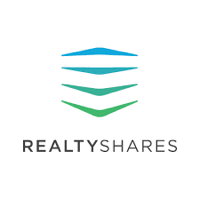
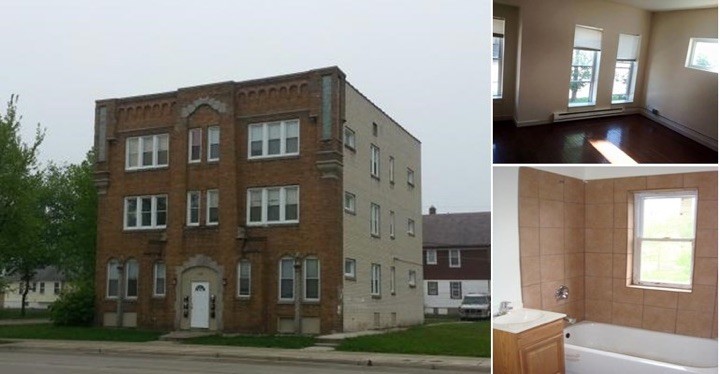
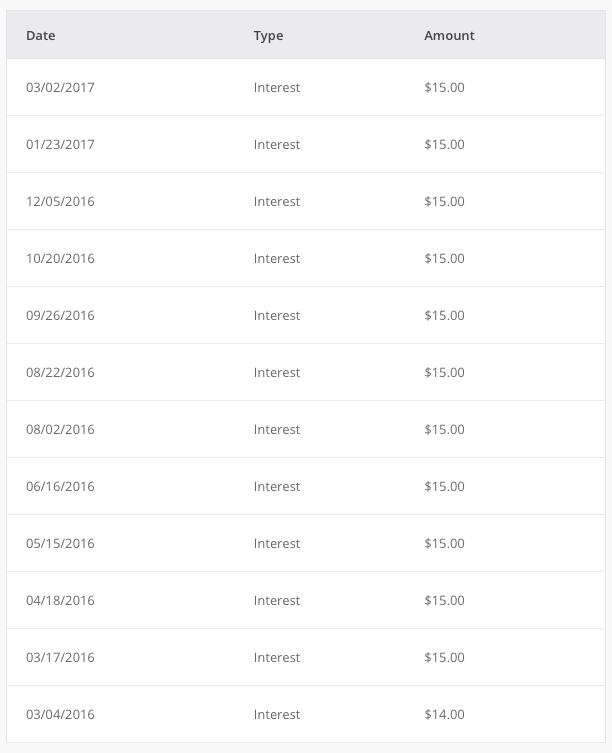
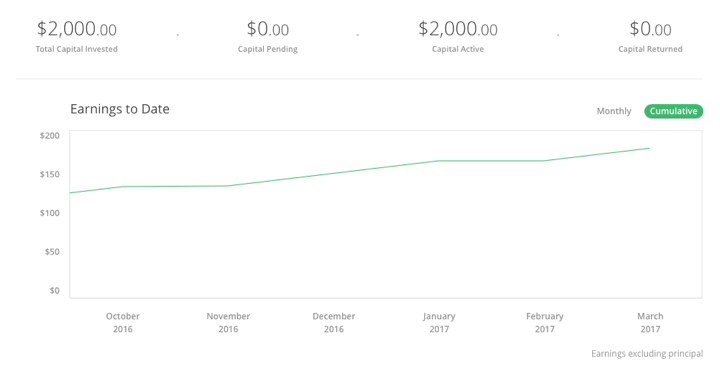

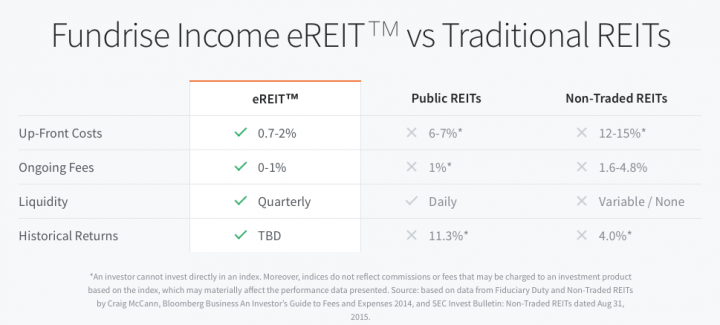
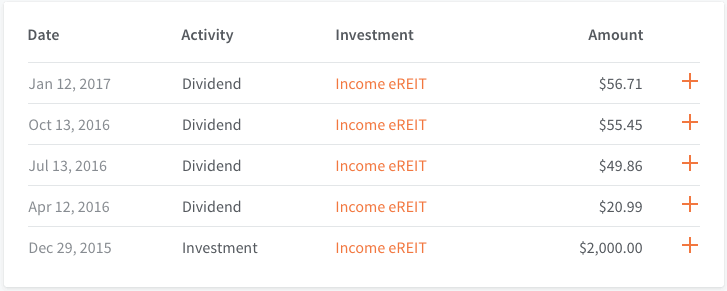
 While the number of real estate crowdfunding sites keeps growing, most marketplaces still require you to be an accredited investor with high income and/or net worth requirements. However, options for non-accredited investors should improve shortly due to the expanded
While the number of real estate crowdfunding sites keeps growing, most marketplaces still require you to be an accredited investor with high income and/or net worth requirements. However, options for non-accredited investors should improve shortly due to the expanded 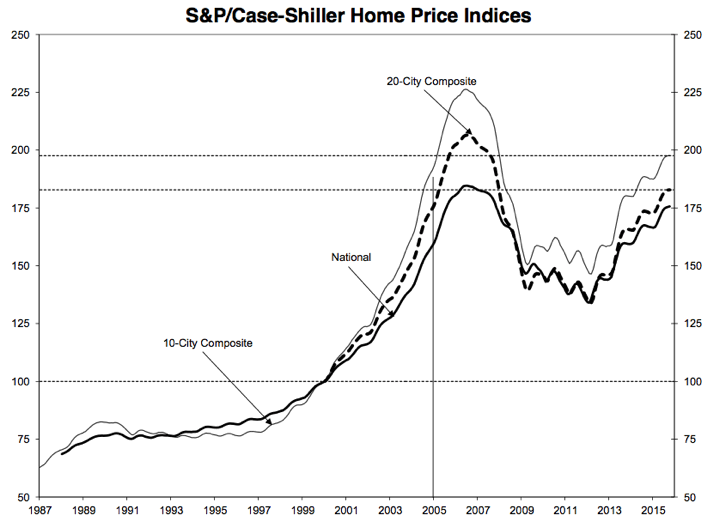
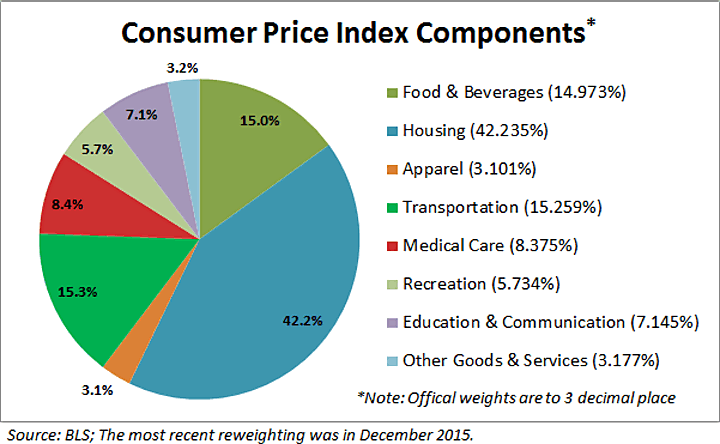
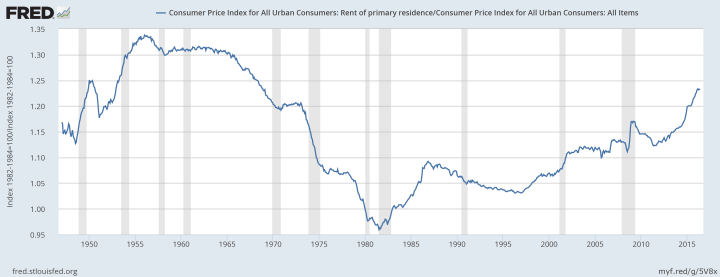
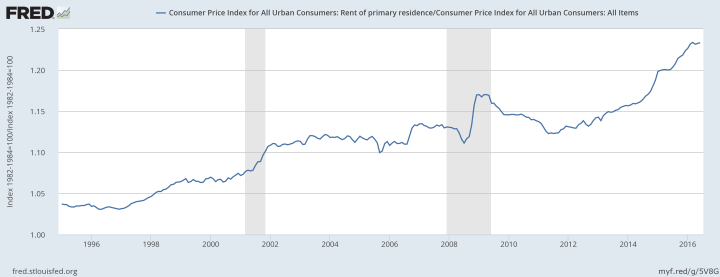
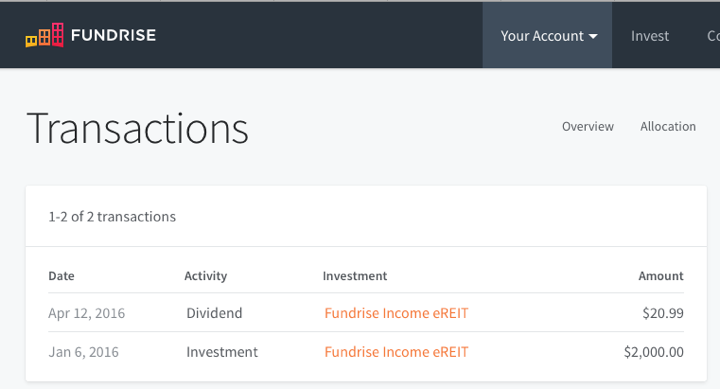
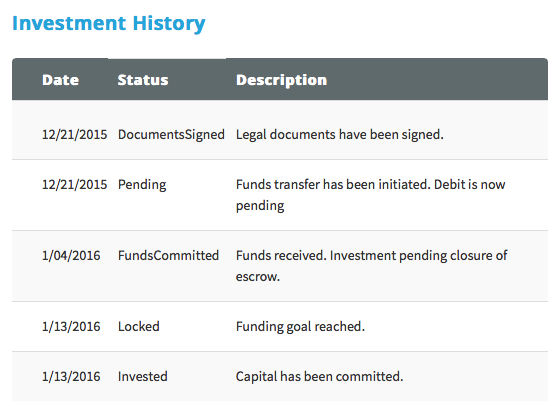
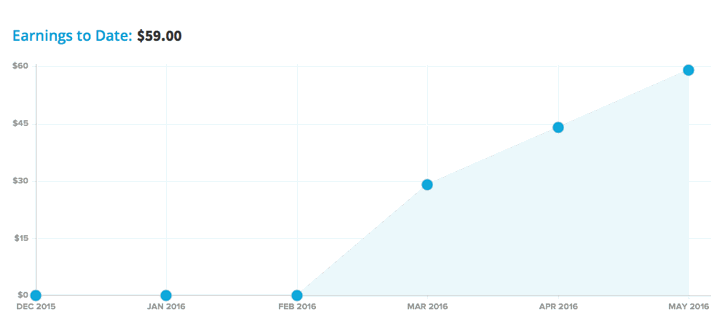
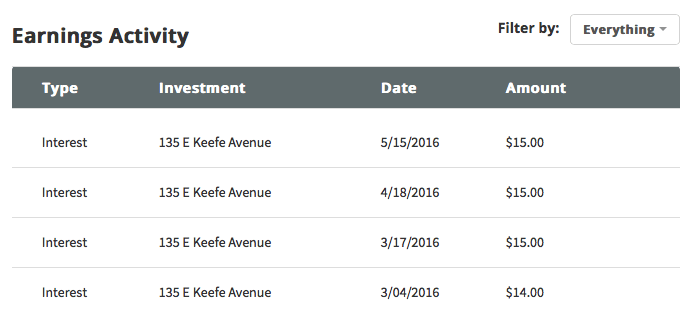
 We all know that the longer the commute from where everyone works, the lower the rent. In many cities during the housing boom, the saying went “just keep driving until you can afford something”. But what if the relationship between commute time and rental price wasn’t steady? What if a few minutes of extra commute time would save you several hundred dollars a month?
We all know that the longer the commute from where everyone works, the lower the rent. In many cities during the housing boom, the saying went “just keep driving until you can afford something”. But what if the relationship between commute time and rental price wasn’t steady? What if a few minutes of extra commute time would save you several hundred dollars a month? 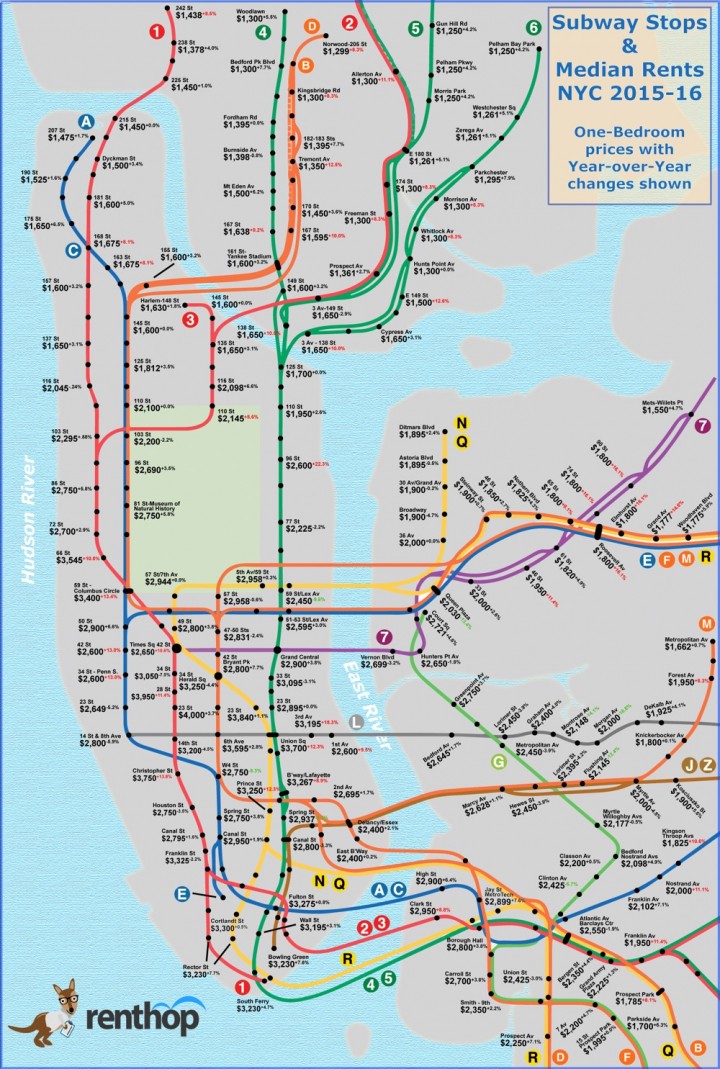
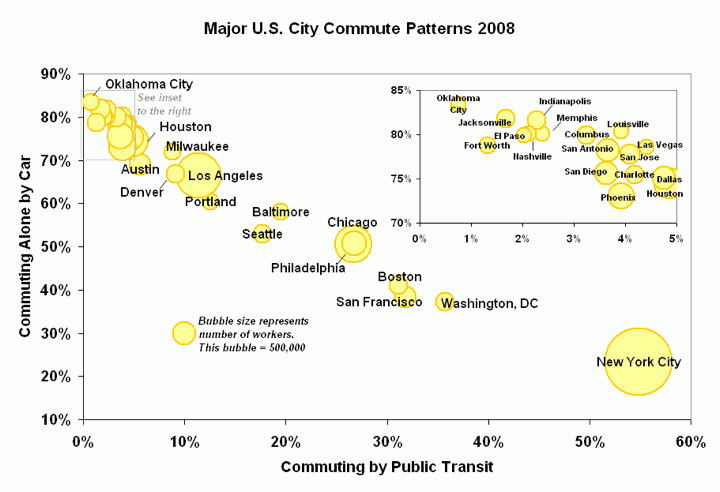
 In a Quora question
In a Quora question 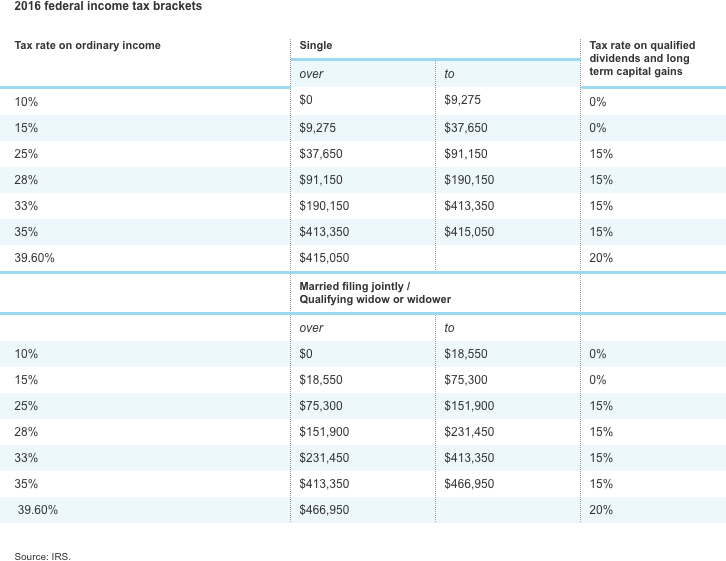
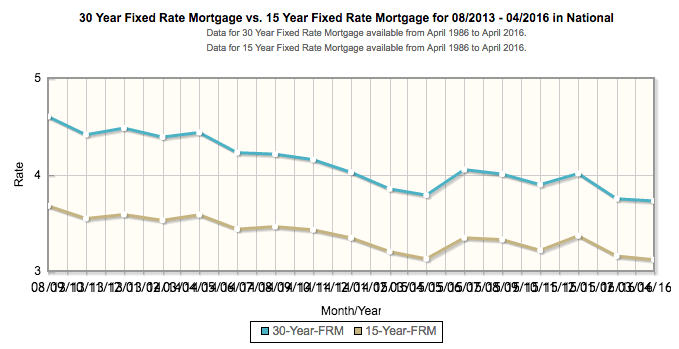
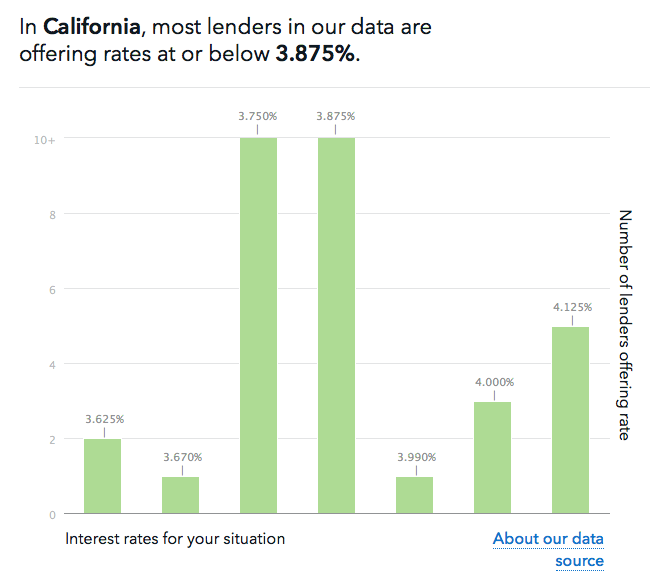
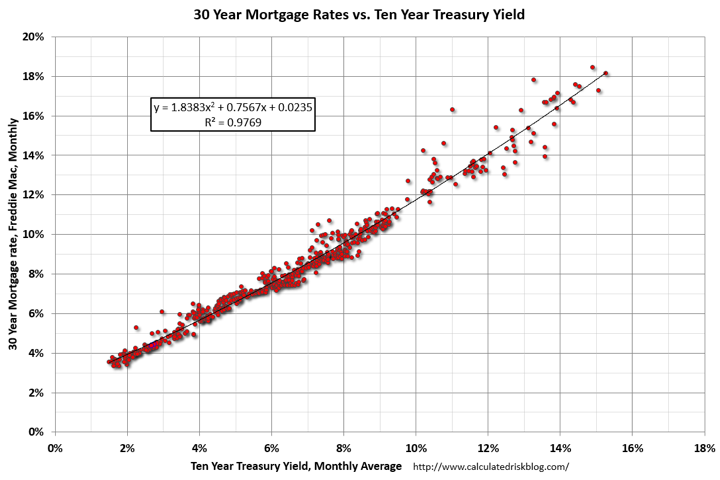
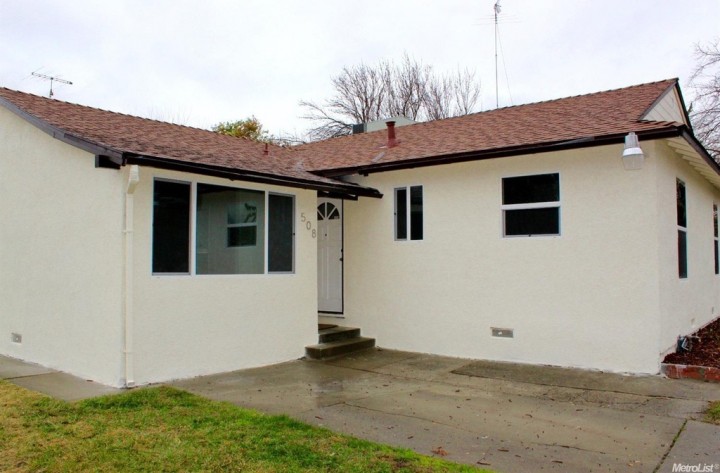
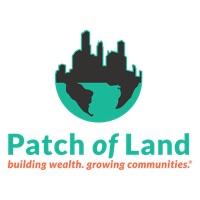 My first investment into real estate crowdfunding has completed. In April 2015, I invested $5,000 into a fix-and-flip loan at the site
My first investment into real estate crowdfunding has completed. In April 2015, I invested $5,000 into a fix-and-flip loan at the site 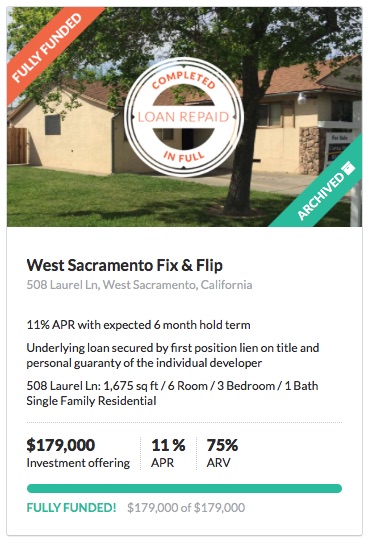
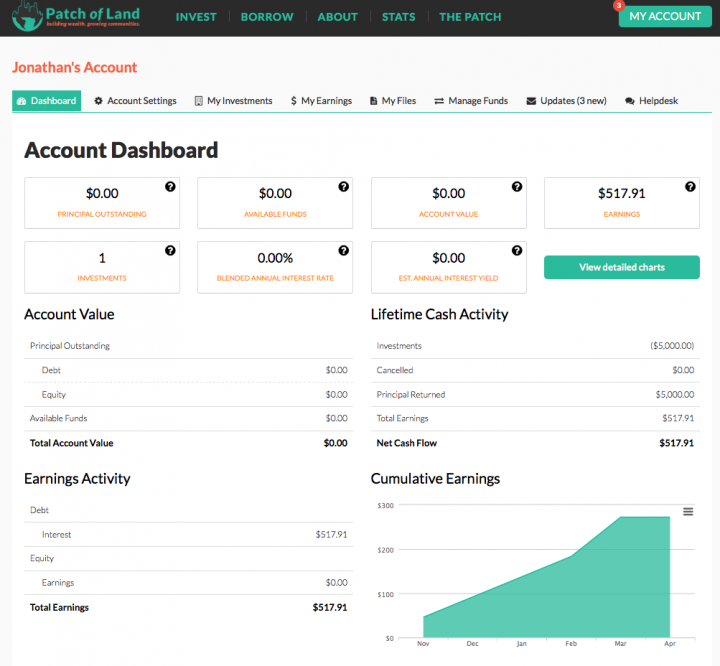
 The Best Credit Card Bonus Offers – 2025
The Best Credit Card Bonus Offers – 2025 Big List of Free Stocks from Brokerage Apps
Big List of Free Stocks from Brokerage Apps Best Interest Rates on Cash - 2025
Best Interest Rates on Cash - 2025 Free Credit Scores x 3 + Free Credit Monitoring
Free Credit Scores x 3 + Free Credit Monitoring Best No Fee 0% APR Balance Transfer Offers
Best No Fee 0% APR Balance Transfer Offers Little-Known Cellular Data Plans That Can Save Big Money
Little-Known Cellular Data Plans That Can Save Big Money How To Haggle Your Cable or Direct TV Bill
How To Haggle Your Cable or Direct TV Bill Big List of Free Consumer Data Reports (Credit, Rent, Work)
Big List of Free Consumer Data Reports (Credit, Rent, Work)